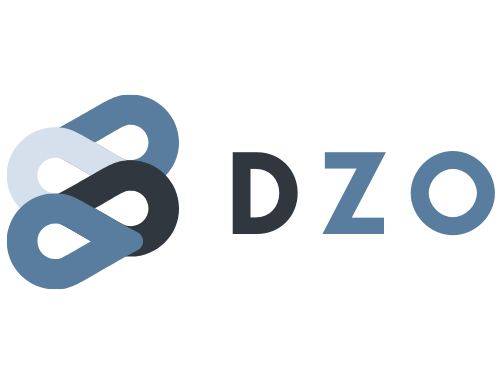My UTM Scholar page: https://utmscholar.utm.my/Scholar/ScholarInfoDetails/l9jG
My research interests are mainly in the fields of image processing, computer vision and machine learning. This comprises vision-based tasks such as recognition and classification onto several applications, as well as image fusion for enhancement.
My PhD work revolved around using Chebyshev polynomials as basis functions for image analysis, also known as image decomposition or feature extraction.
I also have considerable experience in medical imaging and signal processing, working with various modalities such as CT, MRI, ECG, and Capnogram to attain improved images and signals for better clinical diagnosis.
Below are some of my research endeavours:
1. Echo-CT Image Fusion for Cardiac Surgery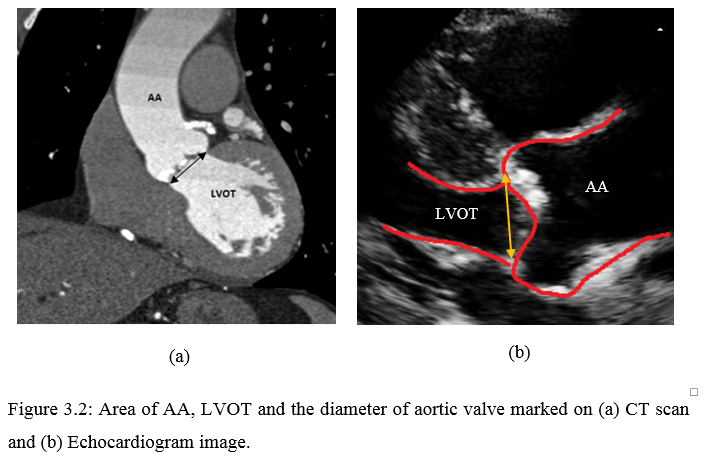
Transcatheter Aortic Valve Implantation (TAVI) is an effective treatment for aortic valve disease. However, traditional aortic annulus sizing procedure requires manual measurement of Computed Tomography (CT) and Echocardiogram separately, which can be tedious. In this research, image processing techniques are performed to extract features from CT and Echo cardiac images and then undergo fusion to obtain an accurate aortic annulus size.
2. Pathological Stroke Classification System (PSCS)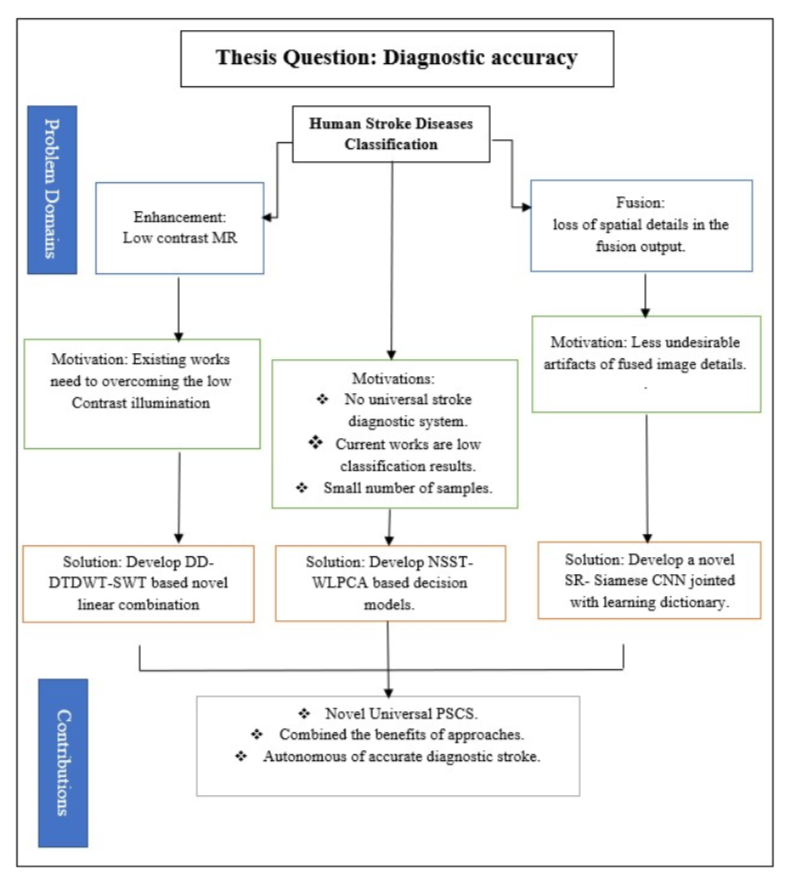
Pathological stroke is a disease that has caused over six million deaths annually. Our research thus proposes a novel scheme that utilises a pathological stroke classification system (PSCS) that comprises: 1) medical image enhancement, 2) a fusion of CT and MRI- T2 images, and 3), multi-class stroke disease classification for more accurate stroke diagnosis. The Harvard Medical School dataset is used for performance evaluation in our study. The combination of three proposed methods demonstrates promising results of higher accuracy, lower memory occupancy, and time consumption in the multi-class classification of stroke abnormalities. This research can potentially be used as a reliable diagnostic tool by medical practitioners.
3. Automatic Sign Language Recognition (SLR)
We introduce a novel SLR approach which is adaptable to either desktop or mobile applications. The method is able to recognise critical keypoints of hands, face and posture, enabling the detection of both static and dynamic sign language gestures. It is found the system is able to perform well under a variety of robust conditions. Overall, this work may be used as a foundation for future endeavours in the field of SLR and eventually pave the way for better integration among sign language users and the society.
4. CCTV Pedestrian Recognition based on Mixed Features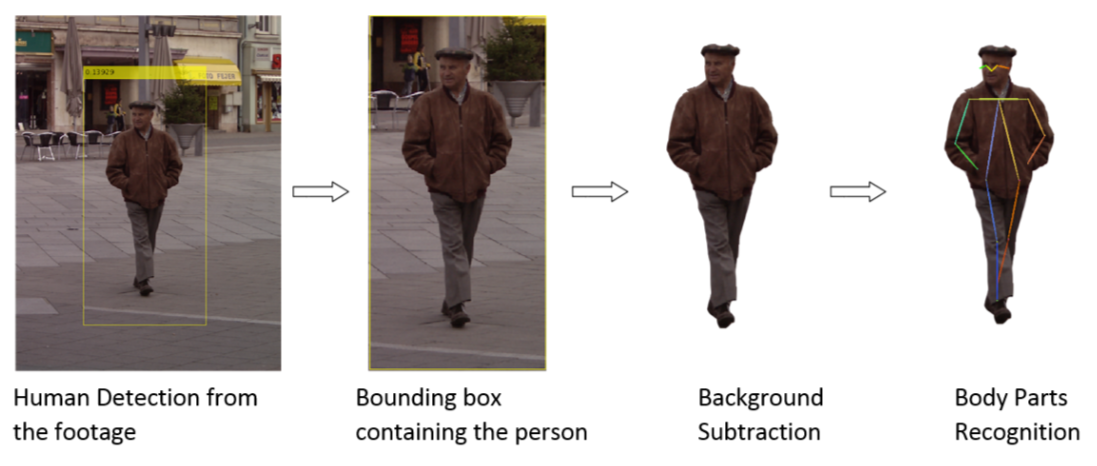
Closed Circuit TV (CCTV) plays a crucial role in law enforcement by providing footage to identify persons of interest and potential criminal evidence. Here we propose a novel framework to perform speedy and accurate pedestrian people classification on CCTV footage based on three characteristics: ethnicity, clothing, and gender. We apply our work on the P-DESTRE dataset, which is the latest and highest benchmark for CCTV recognition in the field. The appeal of our approach is its robustness to various constraints associated with CCTV settings, such as low resolution, angular displacement and occlusion.
5. Capnogram-based Signal Processing Algorithms for Asthma Detection
Capnogram signal analysis has lately received considerable attention in the biomedical field because of its important applications in assessing cardiopulmonary functions. In this project, we aim to distinguish asthmatic patients from healthy subjects by means of analyzing time- and frequency-domain features of recorded capnogram signals.
6. Oil Palm Ripeness Detection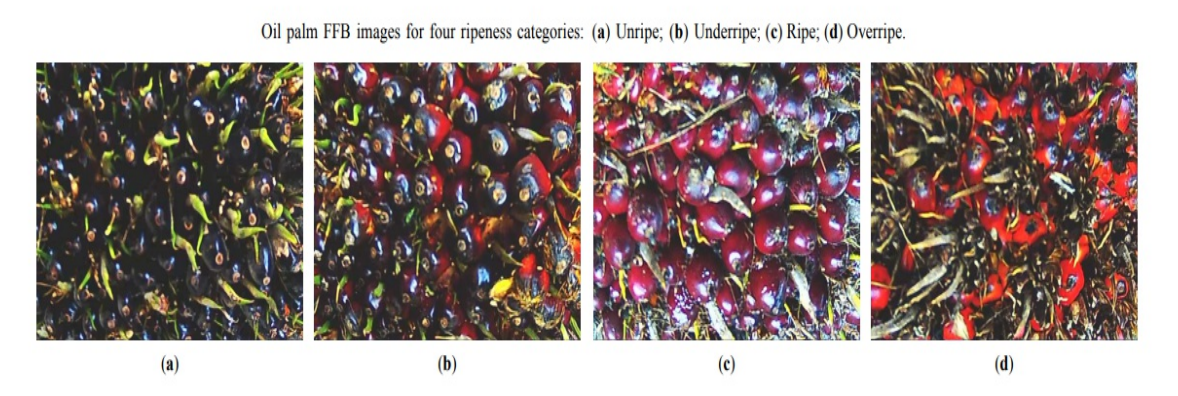
Palm oil constitutes one of the biggest industries in Malaysia. However, it still faces issues of yield gap mainly due to inefficient harvesting practices by manual workers, such as collecting unripe fruit bunches. Our research investigates the effect of outdoor lighting conditions on oil palm ripeness classification, and to develop a localised colour correction model for improved ripeness classification in an outdoor setting. Overall, this precision farming and intelligent harvesting approach may contribute to better oil yield per harvest, increasing revenue, enhancing sustainability, and improving the prosperity of the industry and the country.
Future projects planned:-
- Optical character recognition (OCR) for automatic product labelling and inventory tracking
- Behavioural analysis of autism spectrum disorder (ASD) children in therapy via video tracking
